Are you wondering what Lumix lenses you should buy next or considering your first purchase?
you should buy next or considering your first purchase?
Then check out our list of the top Lumix lenses available in 2020 right now. In this article, we will be covering the various features of the following Lumix lenses available in 2020:
- Panasonic Lumix G Vario 12-60mm f/3.5-5.6 ASPH

- Panasonic Lumix G 25mm f/1.7 ASPH

- Panasonic Leica DG Vario-Elmar 100-400mm f/4.9-6.3 ASPH Pros

- Panasonic Lumix G 20mm II f/1.7

- Panasonic Lumix G X Vario 12-35mm f/2.8

- Panasonic Leica DG Summilux 12mm f/1.4 ASPH

- Panasonic Lumix G Vario 12-32mm f/3.5-5.6 ASPH

- Panasonic Lumix G Vario 14-42mm f/3.5-5.6 II

- Panasonic Leica DG Vario-Summilux 10-25mm f/1.7 ASPH

- Panasonic Lumix 35-100mm f/4-5.6 ASPH Mega OIS

- Panasonic Lumix G X Vario 35-100mm f/2.8 ASPH OIS

- Panasonic Leica DG Elmarit 200mm f/2.8 Power OIS

Panasonic Lumix G Vario 12-60mm f/3.5-5.6 ASPH
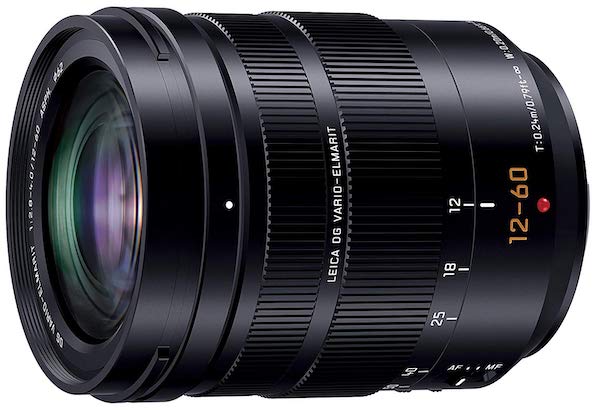
The Lumix G Vario 12-60mm lens you need if you need versatility in your kit. Its notable features include low distortion and chromatic aberration levels and excellent central sharpness.
This lens is a compact, lightweight solution that gives you many more options in the field, especially when you add its weather sealing into the mix.
that gives you many more options in the field, especially when you add its weather sealing into the mix.
Panasonic Lumix G 25mm f/1.7 ASPH

You get a lot of bang for your buck in this moderately priced lens. However, you will need to watch out for flare, especially when shooting into the light.
The Lumix G 25mm will give you close focusing abilities, fantastic sharpness, and excellent control over CA if you can handle this one shortcoming.
Panasonic Leica DG Vario-Elmar 100-400mm f/4.9-6.3 ASPH Pros
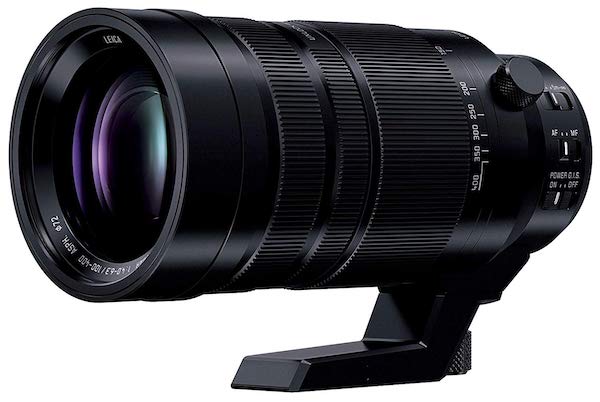
The Leica DG Vario-Elmar is a more than capable shooter in various scenarios, including sports, wildlife, birdwatching, and photojournalism.
If your needs include long-range photography, put this lens in your kit, and you will appreciate the sharper close-ups.
Panasonic Lumix G 20mm II f/1.7
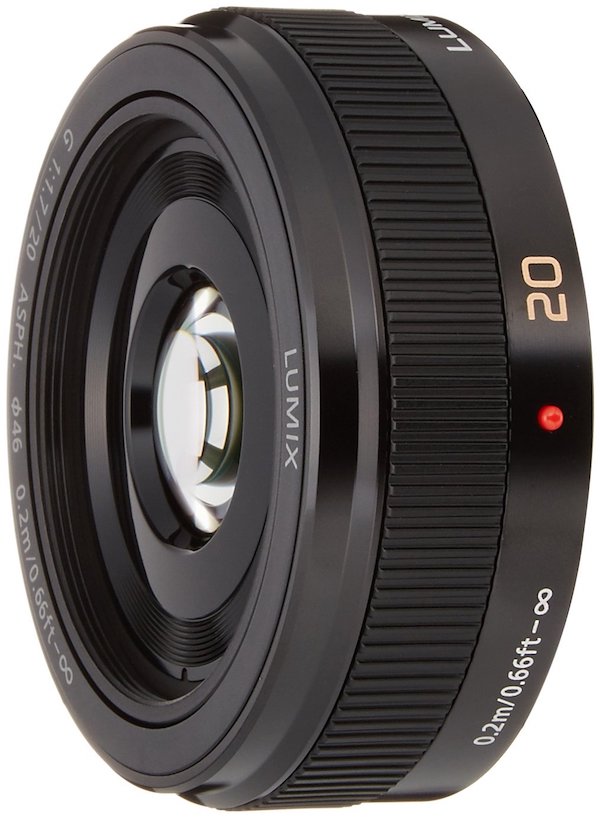
The Lumix G 20mm is an excellent choice for micro four-thirds shooters who focus on full-body portraits , interiors, and landscapes.
, interiors, and landscapes.
The superb build quality is lightweight and very resistant to chromatic aberration while also showing almost zero distortion.
Panasonic Lumix G X Vario 12-35mm f/2.8
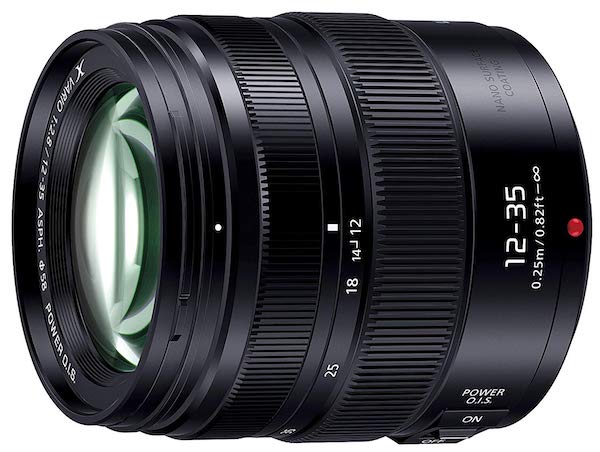
You will appreciate the sharp, high contrast images the Lumix G X Vario 12-35mm delivers and with very low chromatic aberration to boot. It’s reasonably compact so that it won’t take up too much room in your kit.
The price has dropped considerably since launch, which makes picking up this lens up almost a no-brainer.
Panasonic Leica DG Summilux 12mm f/1.4 ASPH

The Leica DG Summilux is a fast ultra-wide-angle lens providing an equivalent 35mm focal length of 24mm. The rugged splash-proof design makes this lens an excellent addition to your outdoor all-weather gear.
It’s a breeze to use, with apertures set in 1/3 steps and fully marked from f/1.4 to f/16.
Panasonic Lumix G Vario 12-32mm f/3.5-5.6 ASPH
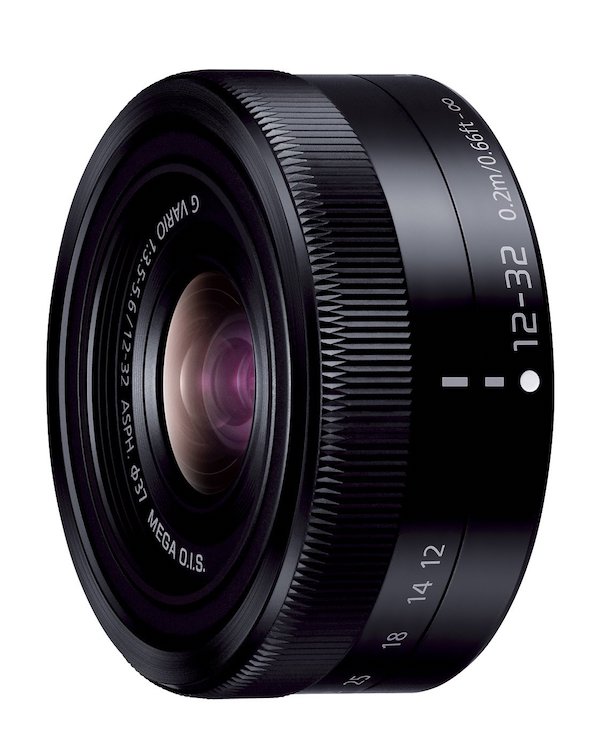
This tiny zoom lens gives you an equivalent 24-64mm relative to 35mm in one small and lightweight package. At a mere 70g, you will barely notice it’s there.
It’s a fairly basic offering, but the optics are sharp, and the price is right. If you need a lens for tight spaces at short focal lengths , then it’s a hard one to pass up.
, then it’s a hard one to pass up.
Panasonic Lumix G Vario 14-42mm f/3.5-5.6 II
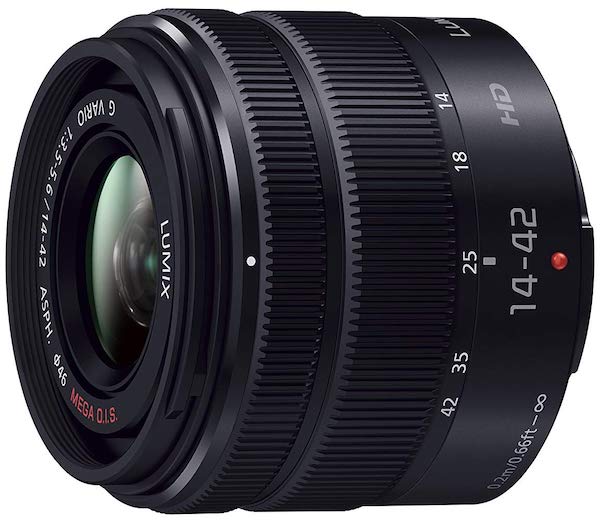
The Lumix G Vario provides excellent sharpness at all zoom ranges, and the price is reasonable for such a well-built lens. A pair of aspherical elements help to reduce spherical and chromatic aberrations and improve sharpness and clarity.
An updated model now includes MEGA OIS (Optical Image Stabilization) for superb results from your handheld shooting sessions. Plus, the lens is compatible with Dual I.S to pair lens-based and in-camera stabilization for enhanced camera shake correction.
Panasonic Leica DG Vario-Summilux 10-25mm f/1.7 ASPH
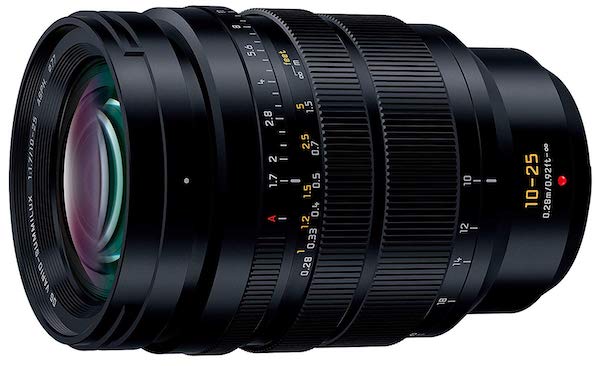
The Leica DG Vario-Summilux is the first fast zoom lens to offer an aperture of f/1.7 over its entire range. It’s a dust-proof, splash-proof, freeze-resistant lens, so it can probably handle the weather better than you can on a cold and blustery day in the wilderness.
In terms of 35mm equivalent, you get a 20-50mm focal range, chromatic aberrations are almost non-existent, and the nine rounded blades used in its design can deliver some lovely bokeh effects .
.
Panasonic Lumix 35-100mm f/4-5.6 ASPH Mega OIS
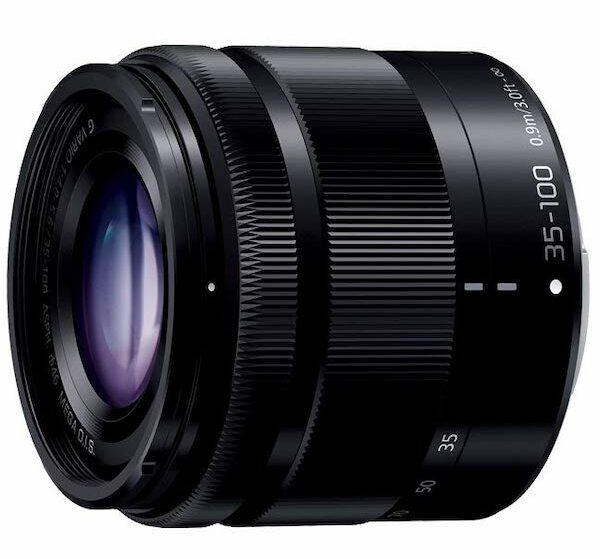
The Lumix 35-100mm f/4-5.6 ASPH Mega OIS has been available since 2014 and provides an equivalent focal range of 70-200mm in 35mm terms. You might notice a very slight de-centering, but otherwise, the lens is very sharp, especially when using the widest apertures.
You will see some softness creeping in at wider angles, but it disappears as you stop the lens down. You get a wide range of applications in a lightweight lens that weighs in at just 135 grams.
Panasonic Lumix G X Vario 35-100mm f/2.8 ASPH OIS
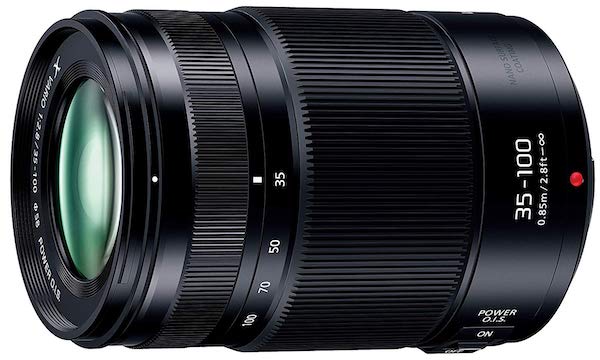
The Lumix G X Vario is a fast lens that makes a lightweight and compact addition to your kit. It’s an almost all-metal construction that is also dust and splash-proof, making this one of the best-constructed lenses in Panasonic’s range so far.
A stepping motor gives you complete silence when focusing, which is a handy feature when you need to fade into the background and not disturb your subjects.
Panasonic Leica DG Vario-Elmarit 50-200mm f/2.8-4.0 ASPH
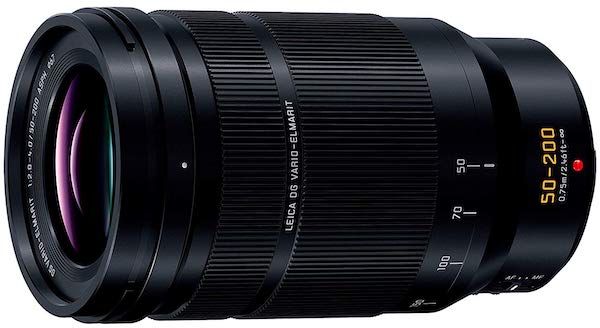
The Leica DG Vario-Elmarit is a reasonably priced option for wildlife, nature, and outdoor photographer. A 240-fps high-speed AF motor provides fast and accurate autofocus for getting those fast-moving shots at a distance.
Plus, the inbuilt OIS works with Panasonic’s Dual IS to keep the image stable. Dust and moisture-resistant design mean you don’t have to worry too much about what the weather is doing.
Panasonic Leica DG Elmarit 200mm f/2.8 Power OIS
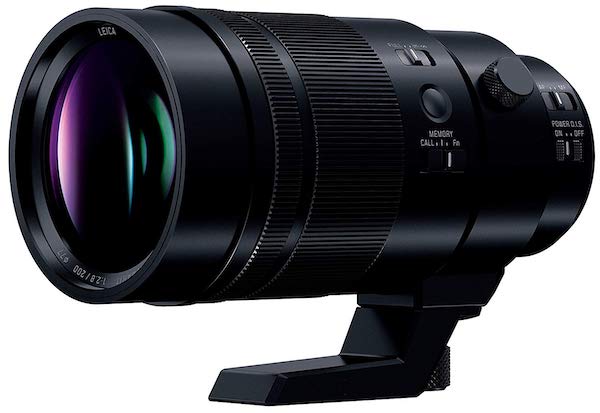
The Leica DG Elmarit is a 400mm equivalent using OIS that couples with the Dual I.S system on Panasonic micro four-thirds cameras. You get a very useful 1.4x teleconverter that increases the equivalent focal range to 800mm.
Switches for changing the focus range and registering the focus position make this lens fast and straightforward to operate. The price might be a little distracting for some, but for those with the budget, this is a tough micro four-thirds lens worthy of a place in your kit bag.
worthy of a place in your kit bag.


